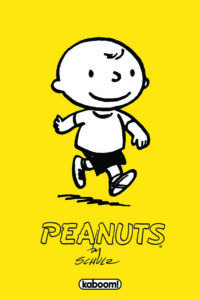
“I always thought of my dad as the great observer,” reminisces Craig Schulz, the son of Charles M. Schulz and one of Snoopy and Charlie Brown: The Peanuts Movie’s writers and producers. “No matter where he was or what he was doing, he would find a comic strip in the moment. Whether it was a tennis match, a game of golf or just ordinary life, he never missed an opportunity to tell a story.”
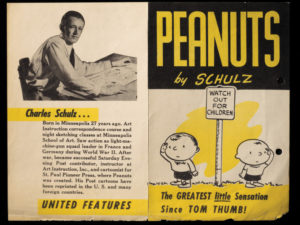
On October 2, 1950, Charles M. Schulz began a 50-year journey of sharing those observations with the world. Through a comic strip that made its debut in just seven newspapers across the country, he introduced readers to the characters of Shermy, Patty and Good ol’ Charlie Brown. Over time, Schulz would introduce the rest of the characters that are now staples in pop culture.
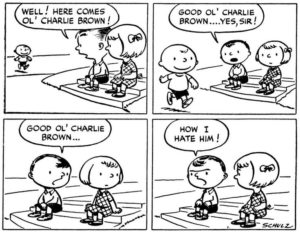
By the end of the 1960s, Peanuts had reached millions more fans through publishing, licensing and marketing partnerships. Although the first licensed Peanuts products were paperback books published in 1951, it was a 1960 comic strip featuring the now-iconic motto “Happiness is a Warm Puppy” that launched the characters into the stratosphere of the licensing industry. The “Happiness is…” phrase had caught the attention of Connie Boucher, founder of Determined Productions, who approached Schulz with the idea of publishing a book based around it. Schulz was initially reluctant, but agreed, penning additional “Happiness is…” sayings. The book spent forty-five weeks on the New York Times Best Sellers list.. An industry was born.
Today, the Peanuts characters are an ongoing merchandising and marketing force with long-standing relationships with top brands still in place. For example, 2015 marks the 55th anniversary of the brand’s relationship with Hallmark, the characters have been featured in the Macy’s Thanksgiving Day Parade since 1968 and MetLife celebrates 30 years with Snoopy and the gang as spokes-characters. The Schulz family has stayed involved with the creative direction and positioning of all things Peanuts related, still working out of offices in Santa Rosa, California, where Charles Schulz’s art studio was located.
Yet through all the boos, apparel and toys, it was always all about story and character for Charles M. Schulz. With a knack for social commentary, Schulz would introduce the characters and storylines with wit, sarcasm, humour and heart. In the mid-1960s, he introduced the character Peppermint Patty. A tomboy at heart, she excelled in the sports and served as the manager of a rival baseball team. While that may seem benign to most now, the introduction of girls playing sports on the same team as boys was nearly a decade ahead of its time. By today’s standards, it is incomprehensible to think of a character;s introduction to a comic strip as “controversial,” yet that is exactly what occurred in 1968 when Schulz introduced Franklin to the cast, the 1st African American character featured in the strip. Encouraged by schoolteacher Harriet Glickman, Schulz introduced the character of Franklin on a beach to a vacationing Charlie Brown and later incorporated him into the strip as a classmate of Peppermint Patty and Marcie. Schulz received letters of opposition, which he ignored. Schulz was able to further expand his voice through the various personas of his alter-ego Snoopy, most notably Joe Cool, the World Famous Author and of course, the World War I Flying Ace.
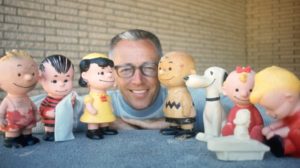
Schulz possessed the natural ability to organically and seamlessly weave relevant topics into the panels his strips as if they were self-evident. “Through it all, my dad never took advantage of his position,” says Craig Schulz. “In 50 years, he never turned cynical about the world around him and that paid off. People genuinely care about these characters. I remember when Snoopy’s doghouse burned down,” he add. “People sent him money to help rebuild it!”
Bordering the top of a wall in the main conference room at Charles M. Schulz Creative Associates at One Snoopy Place in Santa Rosa is a line-up of each of the major Peanuts characters: Shermy, Patty, Pigpen, Violet, Sally, Schroeder, Linus, Charlie Brown, Snoopy, Lucy, Woodstock, Peppermint Patty, Marcie, Franklin, Rerun and Frieda. When seated at the table, it gives the impression that the characters are watching over all the activity in the room.
“We always say that each of the characters represents a piece of our dad,” says Craig Schulz. “Chalie Brown was his real self, while Snoopy is what he wanted to be. The reality is that each of us can find an identifiable character to relate to.”
The universal appeal of the characters, whether it is the crabbiness of Lucy, the heart of Linus, the introspection of Marcie, or one of the many personas of Snoopy, is without question why the strip and its characters have remained relevant as Peanuts nears its 70th anniversary.
By the time the strip completed its run in 2000, Peanuts had an estimated readership of over 350 million people, in 2,600 newspapers, representing 21 countries around the world. With a combined grand total of 17,897 strips (15,391 daily; 2506 Sunday), each one drawn, inked and lettered by Schulz, the comic continues in syndication, reaching new readers every day.
The list of accomplishments and accolades bestowed upon Peanuts is, in a word, impressive: 50 primetime network TV specials, 4 Emmy awards, an additional 32 nominations, 4 Peabody awards, 2 Grammy awards, 4 feature animated films, an Oscar nomination, a Broadway musical, 2 Tony awards and multiple magazine covers on Time, Newsweek, LIFE, Rolling Stone, TV Guide and People, etc. To say the strip and its characters have made an indelible impact from the mid-twentieth century to the present would be an understatement.
Last year, that legacy continued with the return of the Peanuts gang to the big screen after a 35 year absence, and for the first time ever in CG.
As loyal Charlie Brown and Snoopy fans, we all hope the legacy will last forever.
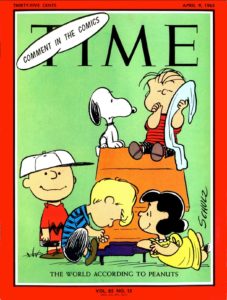



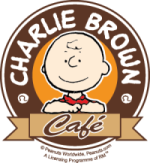
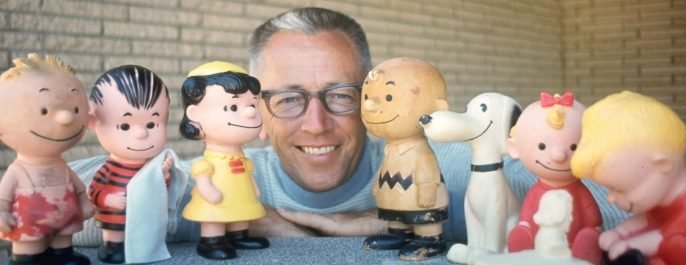





Recent Comments